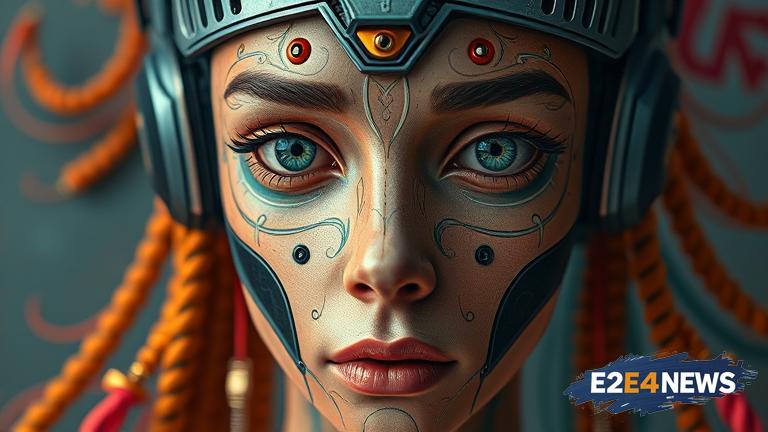The rise of artificial intelligence (AI) has made it increasingly difficult to identify what is real and what is fake. With the ability to generate convincing text, images, and videos, AI has become a powerful tool for creating manipulated content. However, this has also led to a surge in misinformation and disinformation, making it essential to develop skills to spot AI-generated fakes. According to experts, one of the most effective ways to identify authentic content is to look for inconsistencies and anomalies. For instance, AI-generated text often lacks the nuances and complexities of human language, making it sound stilted or robotic. Additionally, AI-generated images and videos may exhibit telltale signs such as poor lighting, awkward poses, or inconsistent backgrounds. Another technique is to verify the source of the content, as AI-generated fakes often lack credible attribution. Furthermore, fact-checking websites and organizations can help to debunk false information and provide accurate context. It is also crucial to be aware of the potential biases and agendas of AI-generated content, as it can be designed to manipulate public opinion or sway decision-making. To stay ahead of the curve, it is essential to stay informed about the latest developments in AI technology and its applications. Moreover, developing critical thinking skills and media literacy can help individuals to effectively evaluate the credibility of online content. By being vigilant and proactive, we can reduce the spread of misinformation and promote a culture of authenticity and trust. The consequences of failing to address this issue can be severe, ranging from the erosion of trust in institutions to the manipulation of public opinion. Therefore, it is imperative that we take a proactive approach to identifying and mitigating the effects of AI-generated fakes. This can be achieved through a combination of education, awareness, and technological innovation. For example, researchers are developing AI-powered tools to detect and flag manipulated content, while social media platforms are implementing policies to promote transparency and accountability. Ultimately, the key to success lies in a collaborative effort between individuals, organizations, and governments to promote a culture of authenticity and trust in the digital age. As the use of AI continues to evolve, it is essential that we prioritize the development of critical thinking skills and media literacy to effectively navigate the complexities of online content. By doing so, we can ensure that the benefits of AI are realized while minimizing its risks. The future of online content depends on our ability to distinguish between what is real and what is fake, and it is up to us to take responsibility for promoting a culture of authenticity and trust. In conclusion, identifying AI-generated fakes requires a combination of technical expertise, critical thinking skills, and media literacy. By staying informed, being vigilant, and promoting a culture of authenticity, we can reduce the spread of misinformation and promote a safer and more trustworthy online environment. The importance of this issue cannot be overstated, as the consequences of inaction can be severe and far-reaching. Therefore, it is essential that we take a proactive approach to addressing this challenge and promoting a culture of authenticity and trust in the digital age.
